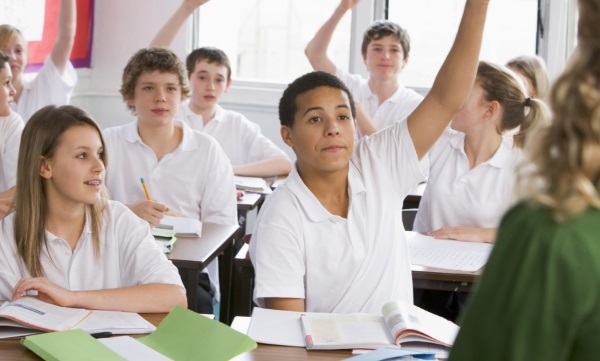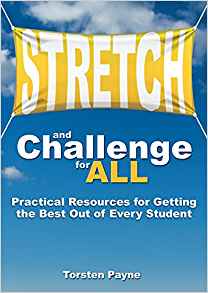Finding opportunities to stretch in the classroom shouldn't be a challenge. Here are three ingredients of a lesson that will get all pupils, including the more able, thinking.

According to Ofsted, the best teaching ‘engages and includes all pupils, with work that is challenging enough and that meets their individual needs’.
As a full-time teacher, I set about collecting the activities that cut the workload while keeping all pupils engaged and challenged. I finally settled on the following three criteria to determine the most effective strategies.
Below are three examples. I hope that you and your pupils enjoy trying these ideas out and that they save you some time so you can enjoy the rest of your life as well!
How does it work?
What’s the advantage?
This is a great exercise to really get the pupils thinking. It also encourages them to be precise with their language and to evaluate each answer carefully. They need to be attentive so that no questions are wasted, and plan their questions together so to narrow down the range of possible answers quickly.
Effectively, this drip-feeds clues to the pupils who are trying to see the big picture of the lesson topic. By making this a group task, all pupils are involved and will evaluate the questions that could be asked.
Practical tips

How does it work?
What’s the advantage?
Group work and discussion are when the most progress is made in thinking skills. Pupils have the opportunity to support one another and play to their strengths.
By making the groups justify their decision to the class they are clarifying their own ideas, backing them up with reasons and modelling their thinking process. Along with the evaluation needed, students use many high level skills for this task.
Practical tips
From planning to plenaries, the secret ingredients of a challenging lesson aren't all that secret. Use these practical strategies to get started.

How does it work?
Show some images of things that are relevant to the lesson that has just gone before. Pupils have to explain how each picture links to the lesson content. This can either be done as a whole-class discussion, in groups or written into their books.
To make this more challenging, include a couple of images that are not obviously related to the lesson.
What’s the advantage?
If re-using pictures shown earlier in the lesson then the visual aid will help pupils recall the information and fix it into their memory. If they are new pictures then the pupils will have to give a bit more thought, which also helps.
If unrelated pictures are used it can have two outcomes, both of which promote good thinking skills.
The first is simply that they have to be selective and think a little more independently.
The second outcome is that occasionally pupils will make a new connection or demonstrate some metaphorical thinking, both of which display high level skills.
Practical tips

You can find more tried-and-tested strategies for playing to the strengths of all learners in my latest book: Stretch and Challenge for ALL: Practical Resources for Getting the Best out of Every Student (Crown House Publishing).